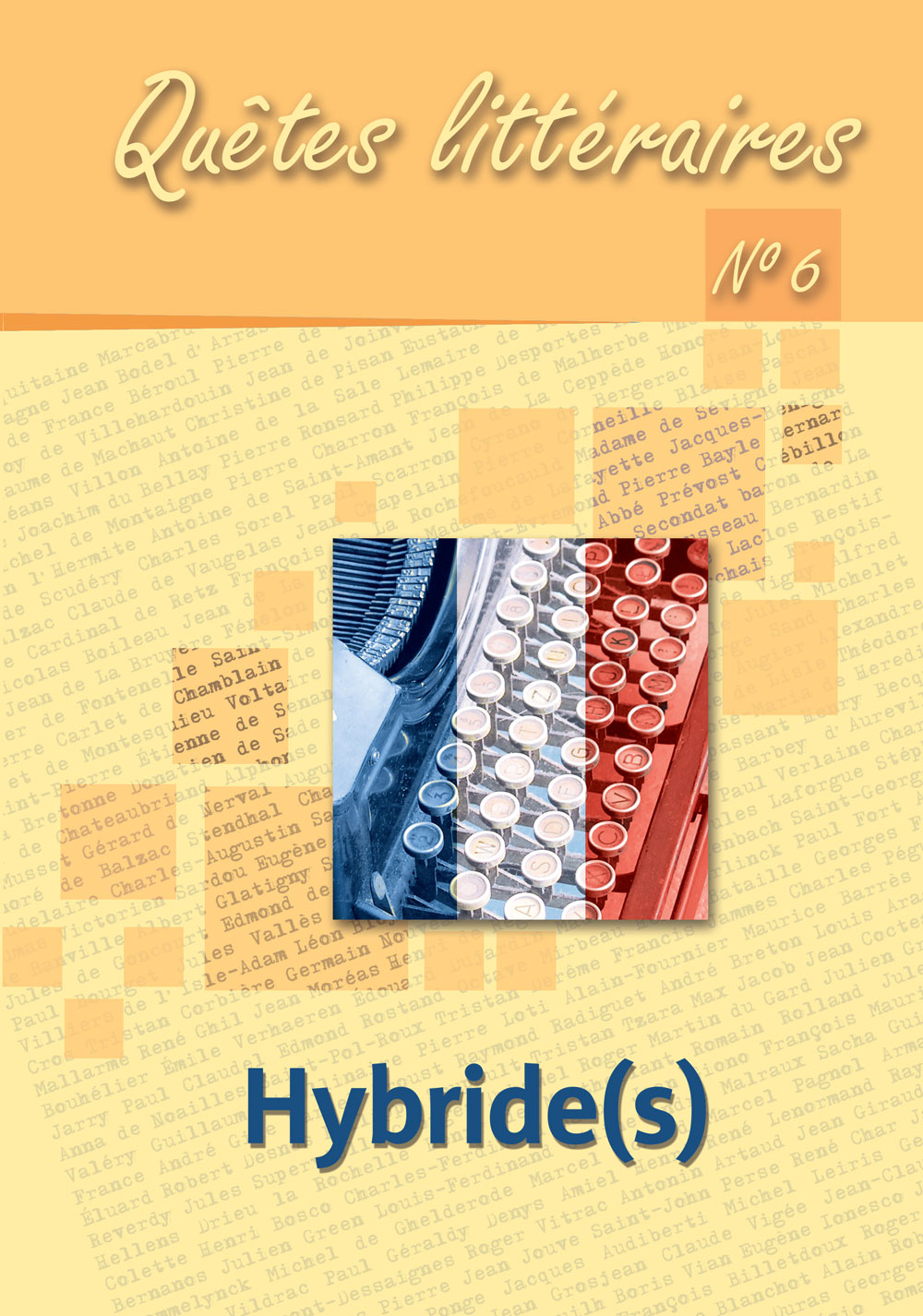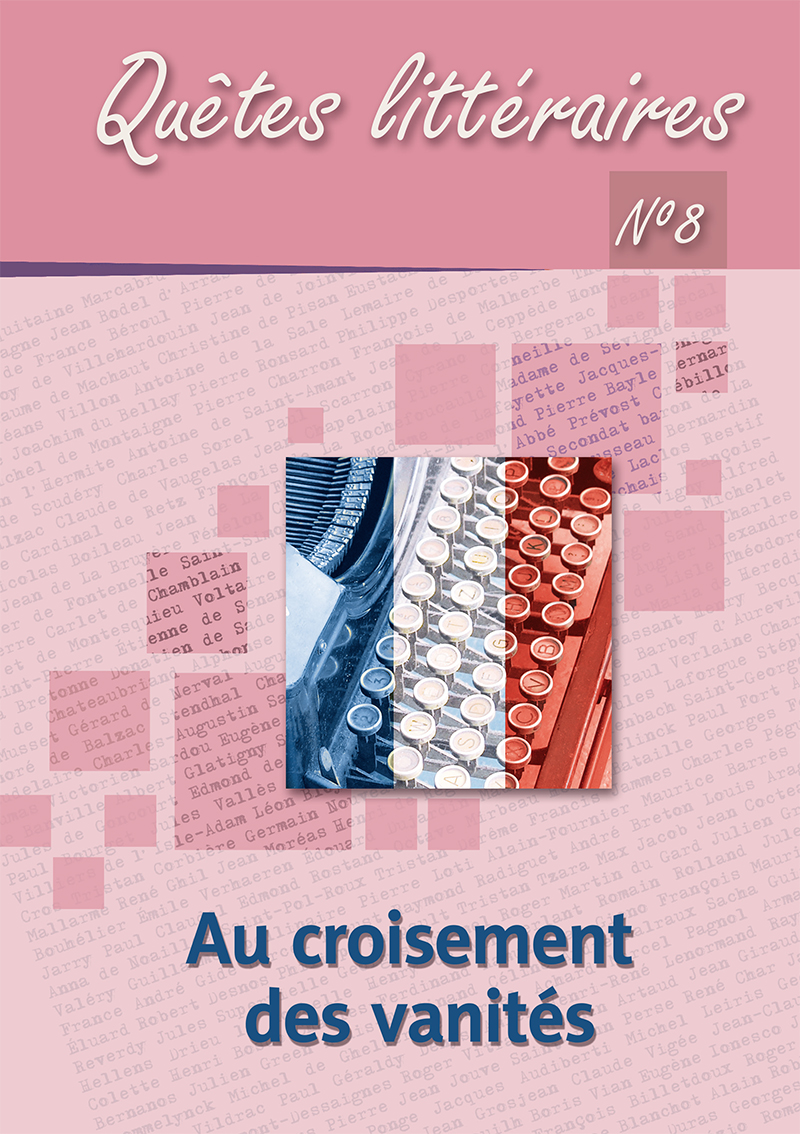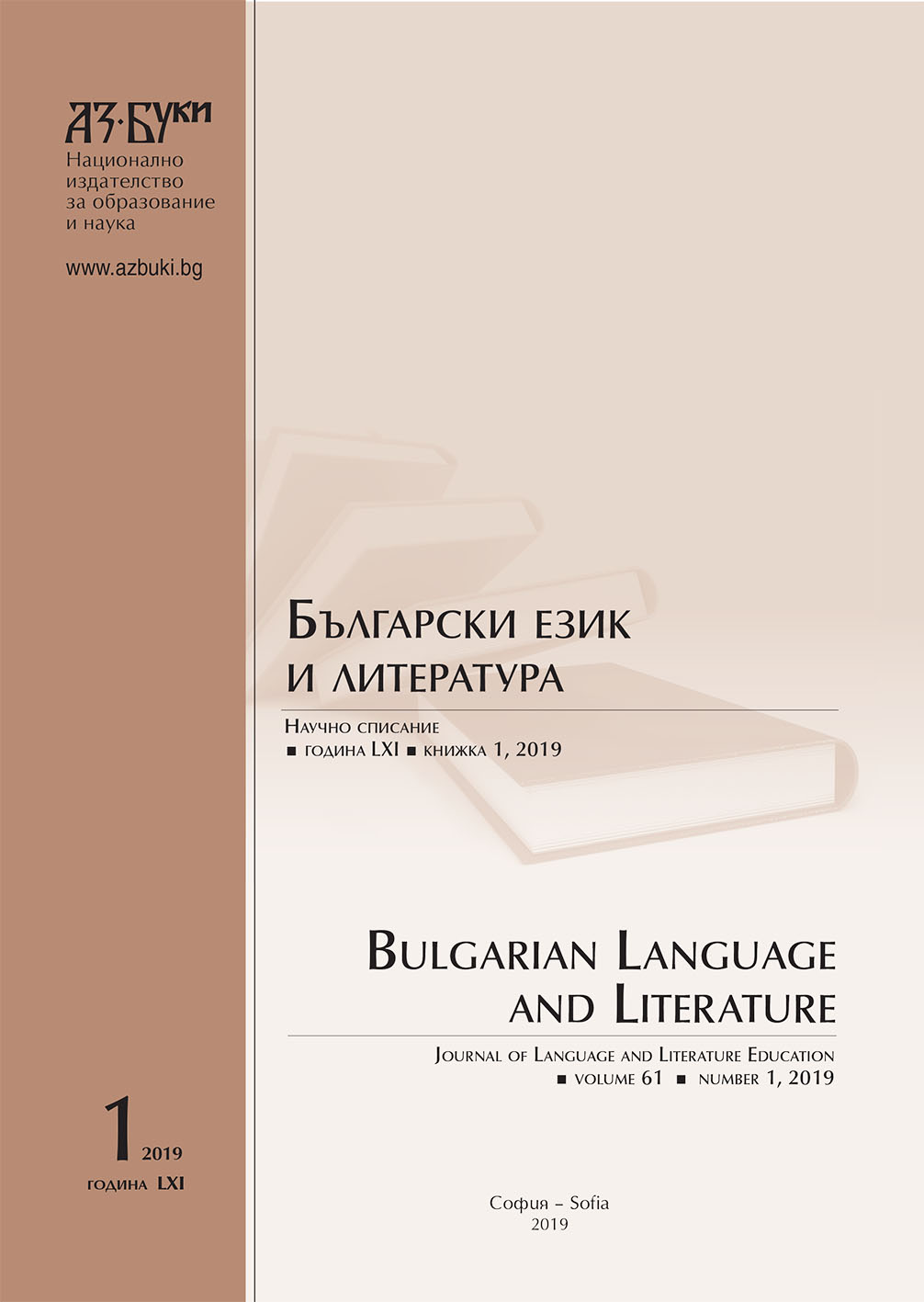
L’hybridité de la lettre galante, ou la transgression innovante
This essay concentrates on early modern expressions of literary hybridity in the 17th-century gallant letters of Vincent Voiture (1597-1648), Charles Cotin (1604-1681) and Antoine Godeau (1605 -1672), circulating in the Parisian salon L’Hôtel de Rambouillet. Firstly, we look at the hybridity of the letter form an sich, within the context of salon sociability and early gallantry. Secondly, we study the multiplicity of both the authorial voice and the audience of the gallant letter. Thirdly, we highlight the intriguing exchange between genres within the gallant letter, as well as their confrontation and, finally, cross-fertilisation. This tripartite case study substantiates our conviction that literary hybridity functions as an intriguing indicator and catalyst of literary evolution and creation.
More...

